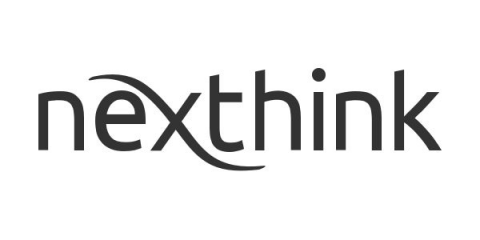Digital Wellbeing and the Overlapping Roles of HR and IT
Who oversees employee digital wellbeing? Nexthink’s Meg Donovan (Chief People Officer) and Tim Flower (Global Director of Business Transformation) recently sat down to answer this question on the minds of so many business leaders. Of course, Human Resources departments have traditionally shouldered the responsibility of managing employee wellbeing. But a recent Nexthink survey reveals that unreliable IT services and equipment is the third biggest contributor to employee turnover and burnout.



